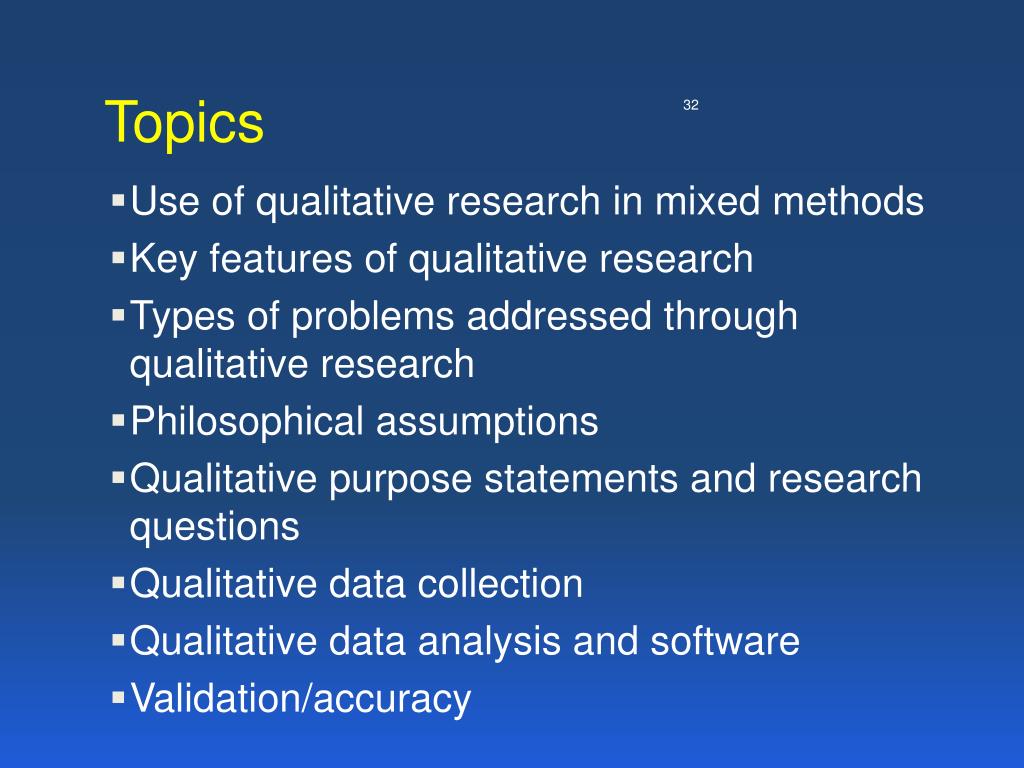
There's an assumption that both assessments would be based in part on knowledge of the prevalence of a particular condition within the population. This makes sense given it's origins as a method of comparing medical students ability to diagnose conditions vis-a-vis expert diagnoses. It estimates chance agreement based on the observed distribution in the sample. There are several different kappa statistics, but the most commonly used one is Cohen's kappa. If you don't pre-segment the text, you'll have to use some other unit of analysis like lines or characters to measure the no no agreement.
Maxqda intercoder reliability code#
In this image, how many times did coders 1 and 2 agree that the code applied here once or twice? Or did they only agree about half the time in their coding of paragraph 2? It's even more difficult to say how many times they agreed that the code didn't apply. If you don't, you won't easily be able to say how many times coders agree, and it's especially difficult to count how many times neither coder applied the code. If you pre-segment the data, you have one-to-one comparisons between coders. This is actually quite difficult to do if you don't pre-segment your data before coding it. The calculation requires data for a two-by-two table, where you count the number of times that both coders applied the code, neither coder applied the code, the first coder applied the code, but the second one didn't, and vice versa. It's important to know what kappa statistics measure however. Kappa is the most commonly reported statistic measuring agreement. Yes, it's extremely important that codes are applied consistently in qualitative analysis projects, but accurate code application indicates nothing about how you then read and interpret the coded data after the coding process. In general though, I'm quite cautious about trying to quantify levels of agreement, particularly as a measure of rigor and analysis. It's actually quite important for making sure that individual analysts are on the same page in their understanding of what codes are meant to capture and why. Janice Morse for instance, in a 1994 article stated, "No one takes a second reader to the library to check that indeed he or she is interpreting the original sources correctly, so why does anyone need a reliability checker for his or her data?" I argued in the last video that assessing agreement is a key process for codebook development. More broadly in qualitative research, this is quite a polemic issue with some researchers arguing that intercoder reliability is essential, and others suggesting that it's ridiculous. As a result, some researchers argue that it's important to report statistics that quantify the level of agreement between coders as an indicator of rigor in analysis. In public health and other related disciplines, quantitative approaches tend to be the dominant paradigm. An overview of the memos can be exported or printed off for auditing purposes.Finally, I'd like to say a few words about intercoder reliability. We have already discussed how memos can be attached to code to define terms, describe how the code is applied or any exclusions. Memos can aid in coding as well as auditing. Not only this but with the intercoder agreement discussed above a manager can compare the coding of data by two analysists to ensure consistency in coding. The logbook can be exported from MAXQDA or printed off.Īs the analysis of the data is done each code is date and time stamped along with the user who created or assigned the code to that piece of data.
Maxqda intercoder reliability free#
The logbook automatically enters date, timestamp and user at the top of the entry and the team member enters in a sentence or two of free text describing what they have done. The logbook can be used as a journal of your analysis allowing you to keep track of what has been done and by who. There are several features in MAXQDA that can assist with quality control and auditing, these include: Recordings of group interactions, YouTube videosĭata can be transcribed and synchronized with the transcript.Įxported data matrices from Consult24, EngagementHQ, Consultation Manager, Social Pinpoint, SurveyMonkey, TypeForm, Qualtrics, SurveyGizmo, Web forms etc.Īyy structured or semi-structured data can be coded and importedĭownloads from the MAXQDA Web Collector (free extension for Chrome browser)Ĭollect photographs, text, audio, and video

Recorded interviews (these can be transcribed and synchronized with the transcript) Speakers in group discussions are automatically coded Time stamps allow the synchronization of transcript and sound. Interview transcripts, field notes, observation logs. Transcripts with time stamps and associated media files,


 0 kommentar(er)
0 kommentar(er)
